In the second of a two-part report into drones and construction Jim Meehan, aerial imaging specialist at SkyHeld Cameras, rounds up the reasons that drone technology has not been widely adopted in construction.
Unaware of the benefits?
Many potential users are simply unaware of the outputs that the combination of drones and photogrammetry software can produce – and are often surprised at the results. From 2D maps to 3D models, area and volumetric measurements and even virtual reality walk-throughs of remote sites are achievable now.
Regulatory constraint?
Approved operators flying drones under 7kg have Civil Aviation Authority (CAA) permission to fly in congested areas and within 50m of people and buildings not under their control, reduced to 30m while taking off and landing. The CAA recently stated that height contributes to the separation distance calculation. This allows for the operator to determine the safe minimum in-flight horizontal separation distance.
With careful planning, more sites may now be assessed as suitable for safe drone flights within regulations.
For some sites, to cater for drone flights over perimeter streets to obtain side views, it may be feasible to bring a street under control via foot and vehicle traffic management for short periods just as is the case for heavy plant operation. Many sites may already have procedures in place for this.
Where streets cannot be brought under control, a drone can be used to obtain high level imagery away from the street in conjunction with a hand-held drone camera, standard camera, or laser scanner with imaging capability for the side views at street level. Merging data from both devices provides complete coverage of the site.
Regulatory uncertainty?
The new rules will most likely affect drone build and performance parameters. Flight control methods and data workflow are unlikely to be affected by regulations. Methodology adopted now will almost certainly remain valid.
Waiting for the next generation of drones?
Construction firms may have looked at current drone offerings and decided to wait to see what the next generation brings. Drone technology, whether used in-house or via service providers, is relatively inexpensive and cost savings can be realised very quickly.
Adoption now, even if on a limited scale, means a business can be up and running, with experience, ready to scale out with drone data workflow processes in place and well-practised for when the technology is at the level required for full implementation.
Skills shortages?
Often the stumbling block for new technology implementation is a lack of skilled people with relevant knowledge and experience. The CAA has been forward thinking with regard to drones and has had a clear path to drone pilot approval for several years. As a result, there are a growing number of trained drone operators and service providers available around the UK ready to help with implementation.
Perhaps drone adoption could be a catalyst to embrace BIM at the same time for those businesses that have not yet done so. As is the case with BIM, adoption of drone technology for construction is a case of when, not if, so why wait any longer to embrace this cost-effective efficient and exciting technology?
skyheldcameras.com
Construction News
31/03/2017
Using Drones In Construction - Part Two
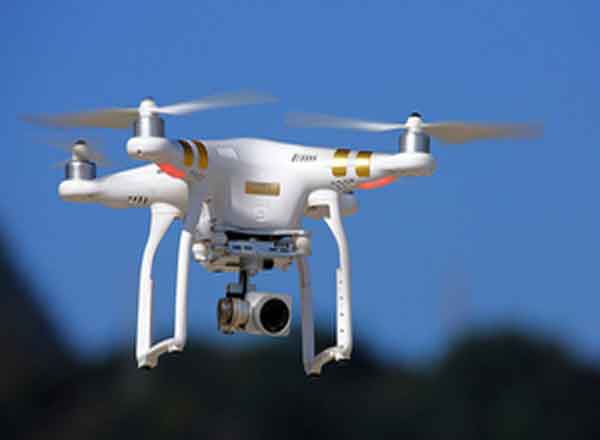
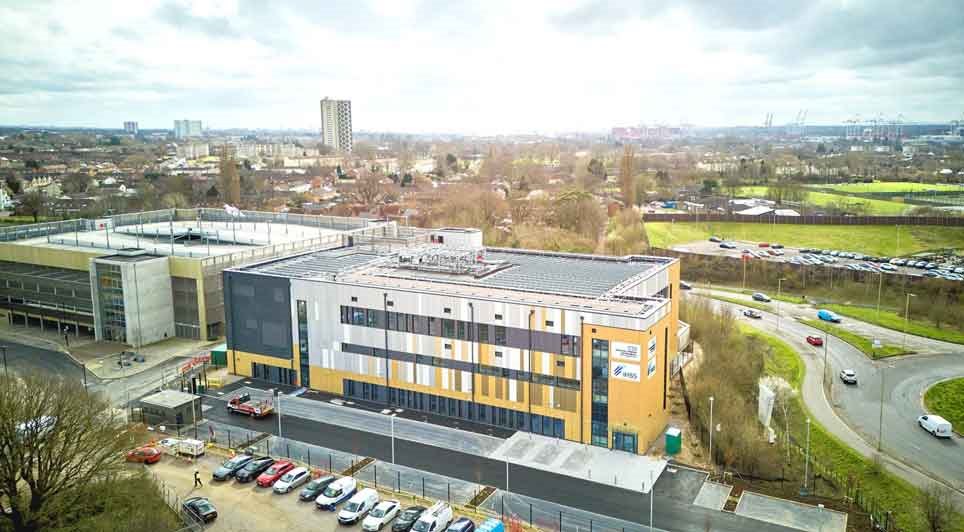
01/05/2025
Willmott Dixon has successfully delivered two state-of-the-art healthcare facilities at the Adanac Health and Innovation Campus in Southampton.
The new facilities include a highly specialised aseptic pharmacy and a Sterile Services Department (SSD), developed in collaboration with Prime plc. The as
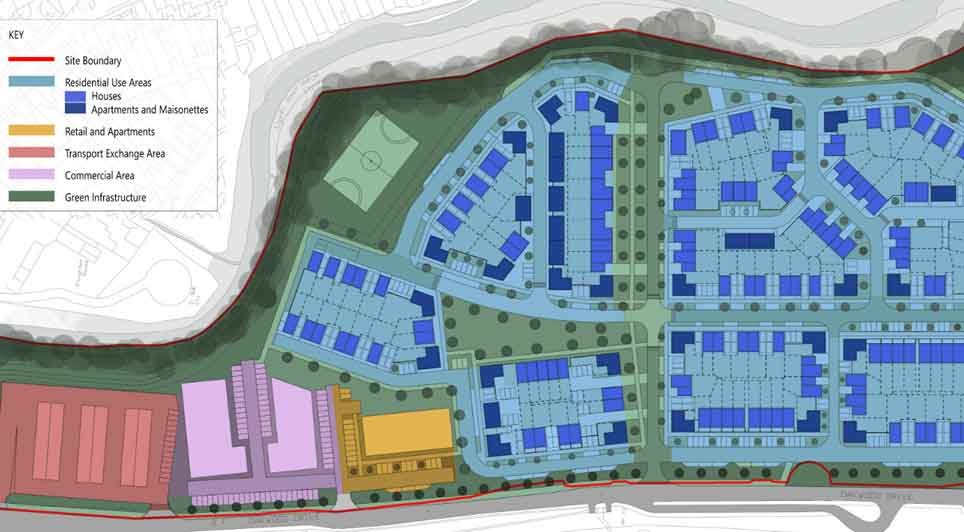
01/05/2025
A regeneration scheme has officially begun at the disused Ewenny Road Industrial Estate, as Clowes Developments, in partnership with Bridgend County Borough Council, commences essential enabling works on the site.
The milestone marks the first phase in transforming the brownfield site, which has r
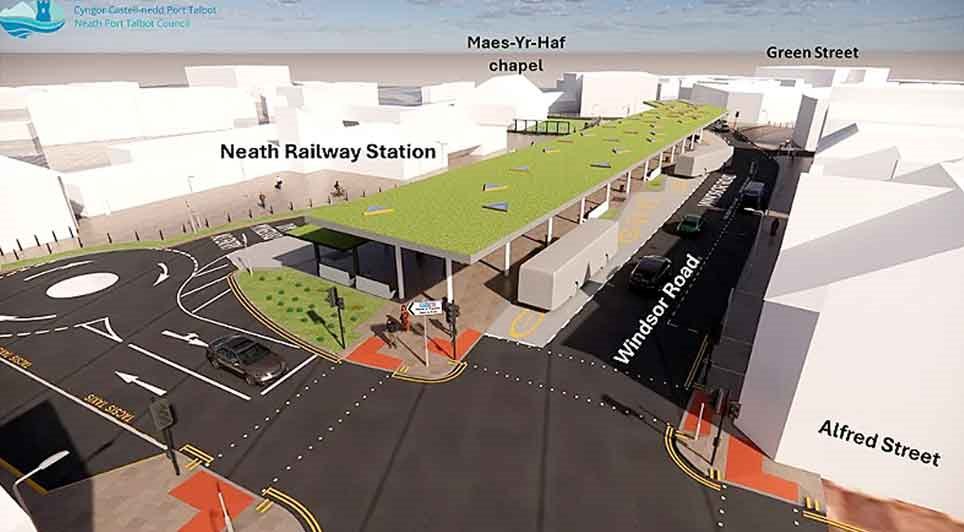
01/05/2025
Neath Port Talbot Council has announced proposals for a new integrated transport hub at the front of Neath railway station, aiming to bring bus, rail, cycling and walking routes together in one central location.
The plans would see the relocation of the current bus station at Victoria Gardens to a
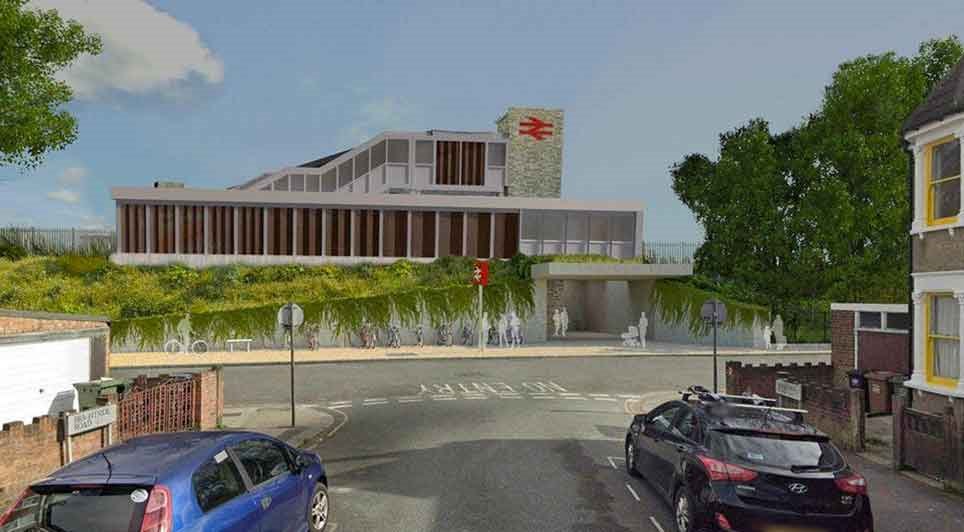
01/05/2025
Work is now underway at Hither Green station as BAM begins a significant upgrade to improve accessibility for thousands of passengers who use the busy London station every day.
Commissioned by Network Rail and the South East Alliance, the £28 million project is funded through the Department for Tra
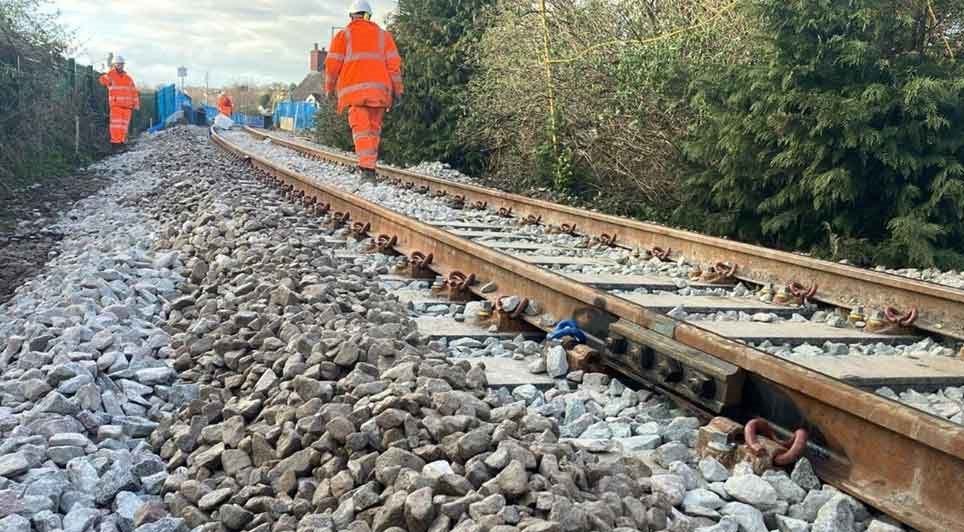
01/05/2025
Network Rail will be undertaking essential maintenance work on the Heart of Wales line between Llanwrtyd and Pantyffynnon from Tuesday 6 May to Friday 23 May,
The closure will allow engineering teams to carry out a series of vital upgrades and repairs in one coordinated effort, helping to minimise

01/05/2025
Jessica Morden MP, Chair of the Parliamentary Labour Party and Member of Parliament for Newport East, recently visited Persimmon Homes East Wales' Springfield Meadows development, part of the £1 billion Glan Llyn regeneration project.
The current phase of the scheme will deliver 178 new homes, with

01/05/2025
Park Gate, a flagship development by Vistry at Lea Castle, has received full Building with Nature accreditation, recognising its strong commitment to ecological sustainability and wildlife protection at the heart of the 600-home project.
The accreditation reflects Vistry's efforts to embed green in

01/05/2025
Unite Students has entered into a joint venture (JV) agreement with Manchester Metropolitan University to deliver 2,300 new student beds in the heart of Manchester, in a development valued at approximately £390 million.
The strategic partnership will see Unite hold a 70% stake in the JV and act as
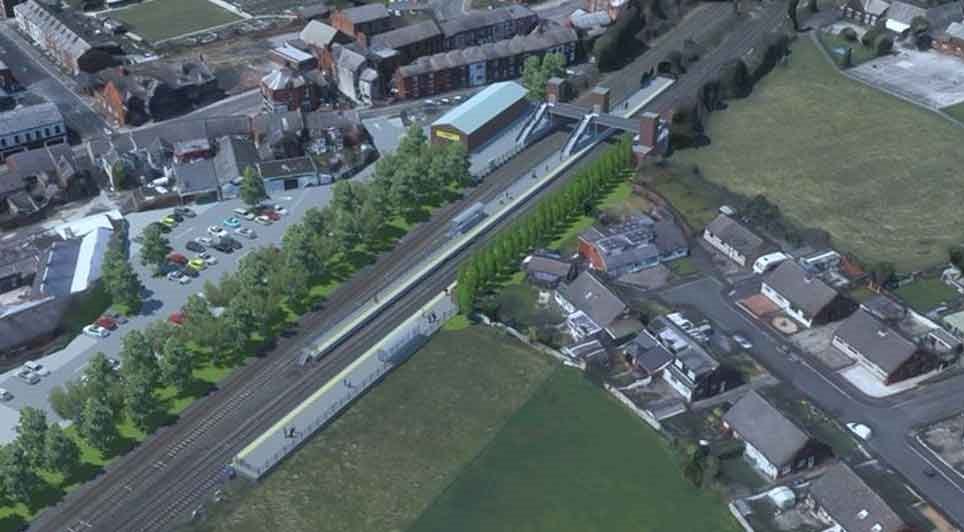
01/05/2025
Plans to reconnect Golborne to the national rail network for the first time in over six decades have taken a major step forward, after Wigan Council approved the planning application for the town’s new railway station.
Transport for Greater Manchester (TfGM) has also confirmed the appointment of Go

01/05/2025
Roof lanterns are one of the star players in the world of skylights, bringing a touch of glamour and luxury to a growing number of homes across the UK.
If you have one at the top of your wish list, we’re here to help with expert advice, top brand rooflights and a roof lantern buyer's guide to ligh
 UK
UK Ireland
Ireland Scotland
Scotland London
London











